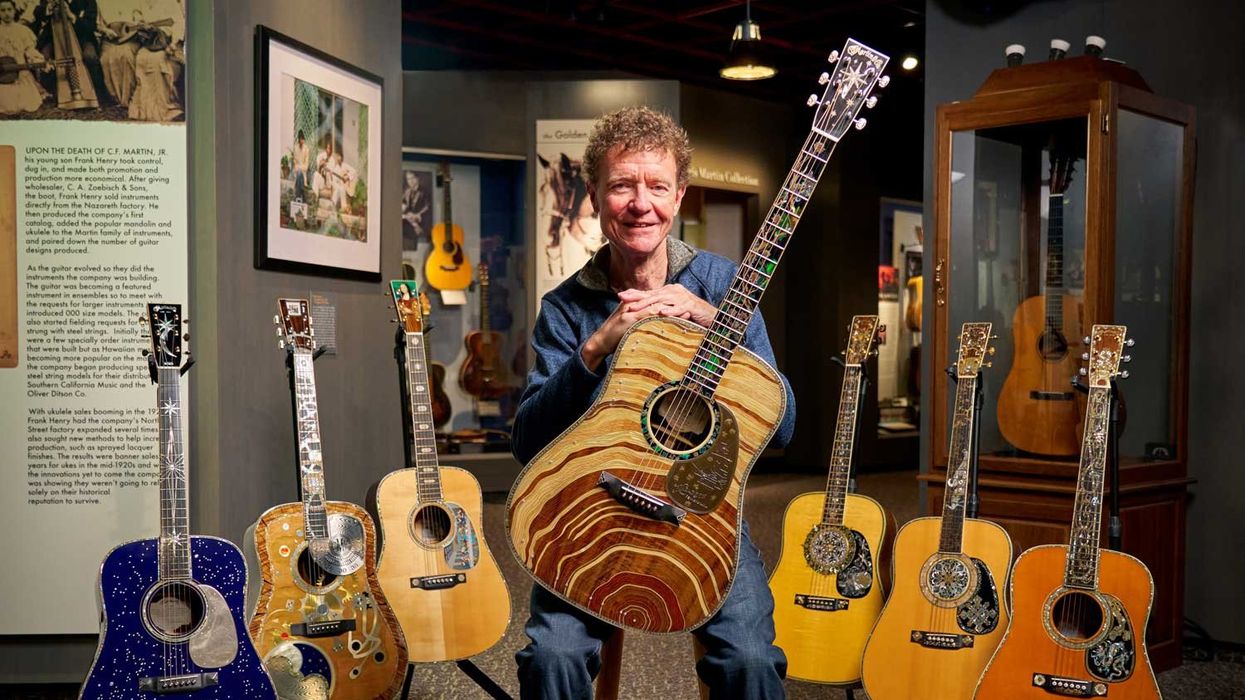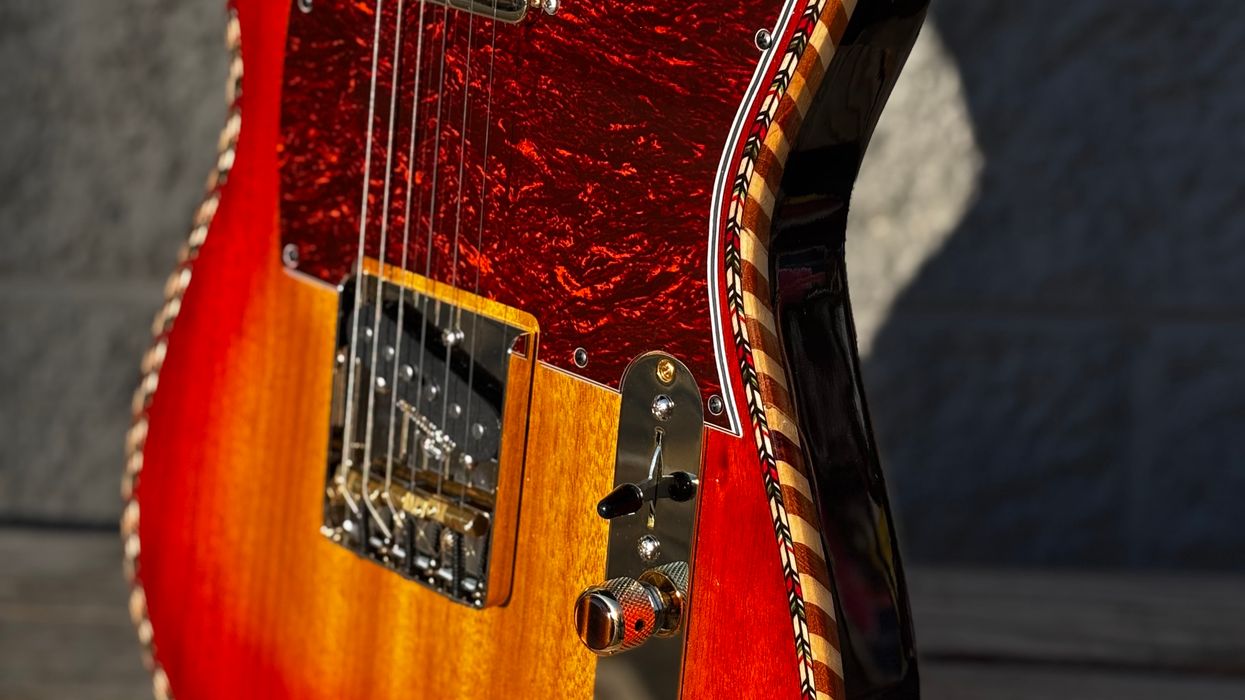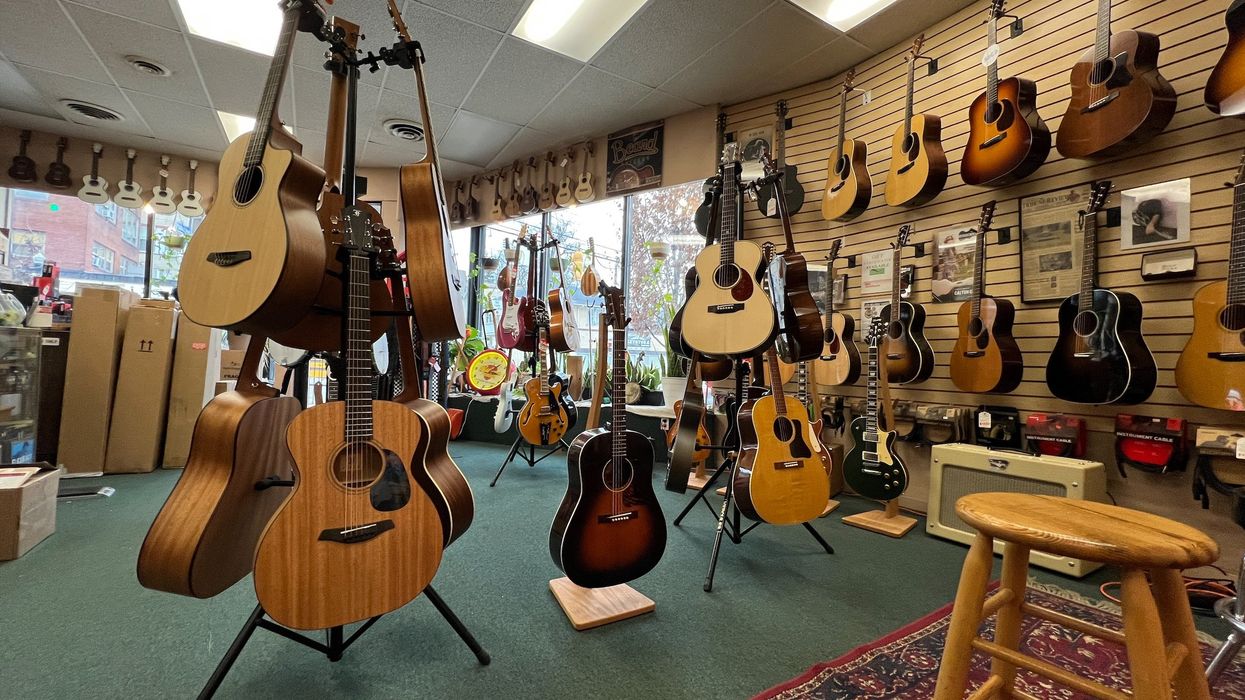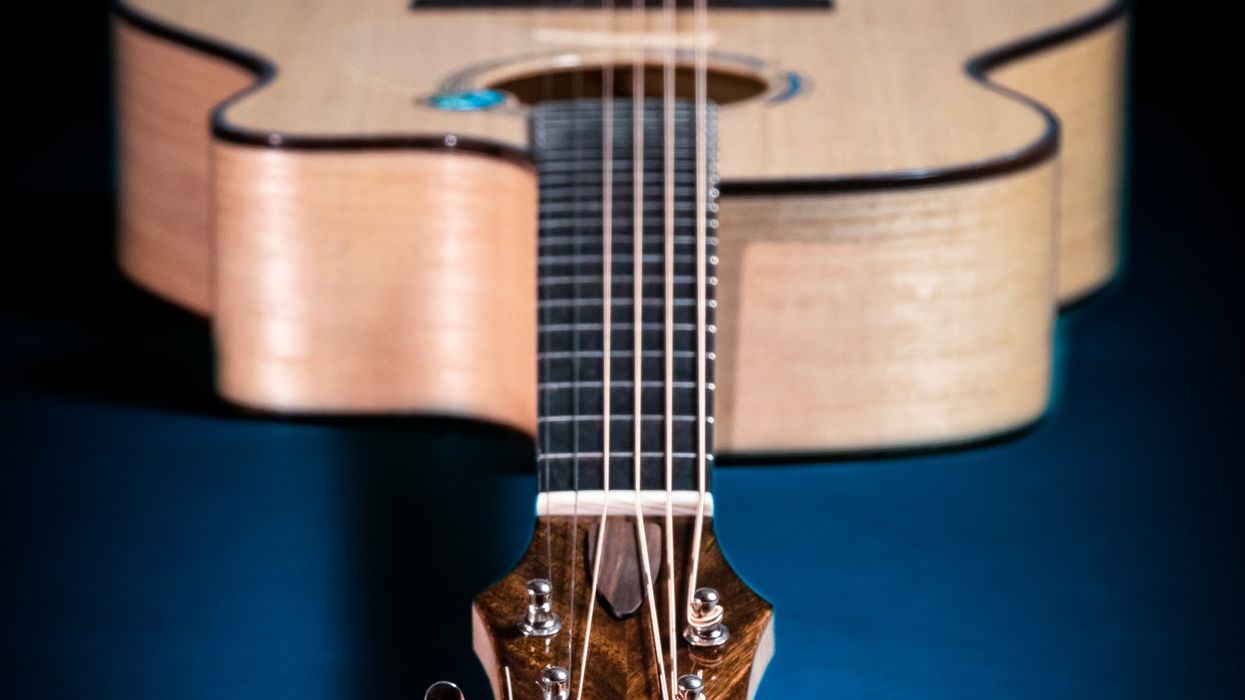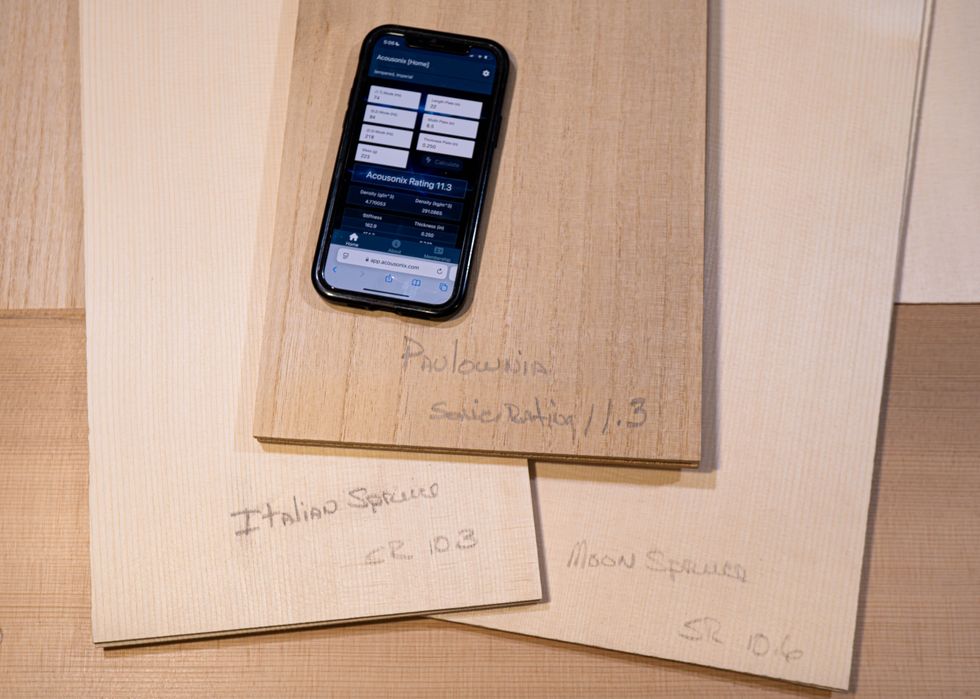In my previous column, “So, You Want to Be a Luthier?”, I talked about the types of people attracted to lutherie training programs, some of the possibilities and options these individuals have at their disposal, and discussed both long-term and short-term training, either of which have their place for primary or supplemental training. But the question remains, what school should you choose for your lutherie training? And what might a school have to offer that would best suit your educational needs?
Here’s some good news: While the guitar itself is of European ancestry, since we are a guitar-crazy culture, many of the premier schools for fretted musical instrument making and repair are right here in the United States. In fact, many international students travel to the U.S. to learn here and typically comprise up to one third of our student body.
With all schools, there’s not one that will check every box and perfectly meet everyone’s criteria. Students have different learning styles and personalities that flourish in various types of training programs. For example, my school, the Galloup School of Guitar Building and Repair, focuses on hands-on training to make sure students leave with a premium amount of time physically building and converging with musical instruments. But for some, this type of training may not be as flexible as they would like. So, let’s look at some of the options available in the world of lutherie schools.
Short-term training is geared toward students who want to quickly advance their skills and resumé in a reasonable timeline. At Galloup, we do offer short-term training, but it primarily focuses on bread-and-butter skills and problems that are commonly encountered in guitar repair and restoration. Additionally, the Galloup School has been authorized by Taylor Guitars as a Silver and Silver Plus Level Warranty Certification training facility. However, Galloup does not offer short-term training for guitar making.
Students have different learning styles and personalities that flourish in various types of training programs.
For those looking to build a guitar in a short amount of time, one of the most established short-term programs is the American School of Lutherie, operated by Charles Fox in Portland, Oregon. This is an incredibly well-balanced program focusing on the quality construction of a flattop steel-string and an electric guitar. Another great program is operated by Robert O’Brien in Parker, Colorado. O’Brien Guitars offers an all-hands-on-deck operation wherein students build a flattop instrument in roughly one week. For short-term archtop guitar training, Dale Unger at the Nazareth Guitar Institute does a great job. Students move through building 17" L5-style archtops to completion in the white (no finish applied) in one week. I’ve spoken to many students who’ve taken Dale’s class and they were more than happy with the experience. These are great options since they’re short and the training style is typically more personalized.
Long-term training, on the other hand, is a completely different situation, where classes can range from a few months in a private trade school to two years in an accredited college-based program. At Galloup, we offer long-term training that can extend to more than 2,000 training hours if a student wants to take all classes available. But although we are a licensed private trade school, we are a non-accredited program. So, as with all non-accredited programs, students must finance it themselves or secure a loan through a private lending institution.
Minnesota State College’s Guitar Repair and Building program in Red Wing, Minnesota—often called the “Red Wing school”—is a great example of a two-year, college-level course of study. Another medium to long-term option is the Roberto-Venn School of Luthiery in Phoenix, Arizona. To my knowledge, it’s the longest-running lutherie program in the United States, and it has produced many fine luthiers over the years. Roberto-Venn offers an 880-clock-hour program that allows students to take part in more of the design elements of guitar making. With both Red Wing and the Roberto-Venn schools, their accredited backing makes it easier to secure financial aid for those in need of assistance.
There is no one right answer. It’s up to the individual to determine what school and curriculum best meets their needs and financial preferences. In fact, many students choose to attend multiple programs to fulfill their education requirements.
For a full list of lutherie classes offered worldwide, you can check the Guild of American Luthiers at https://luth.org/resources/lutherie-schools/lutherie-schools-usa/. Not only do they offer a full listing, but the Guild is also a great source of information for inspiring luthiers.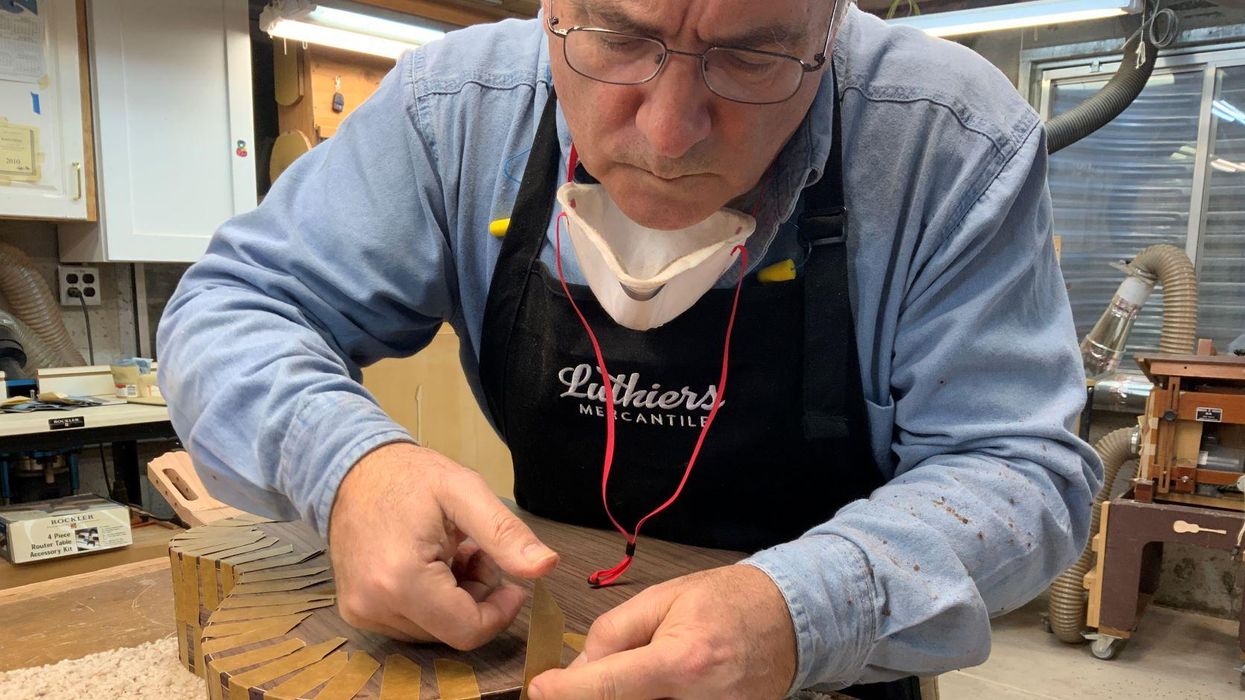

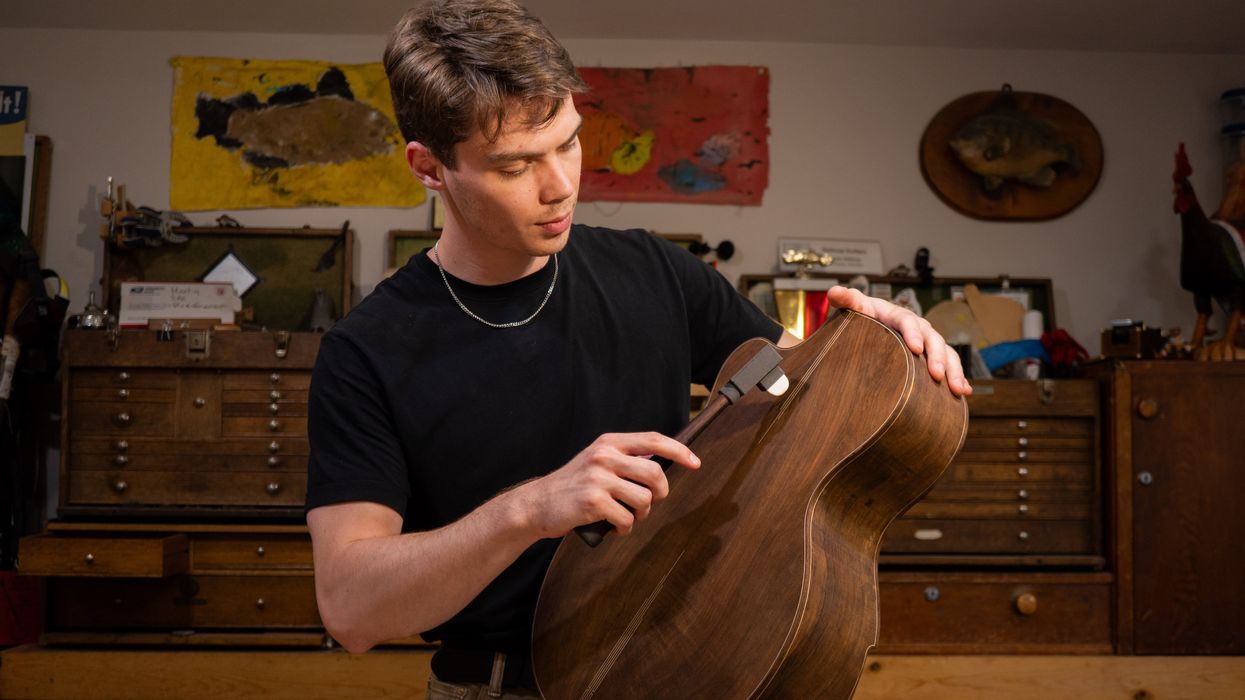
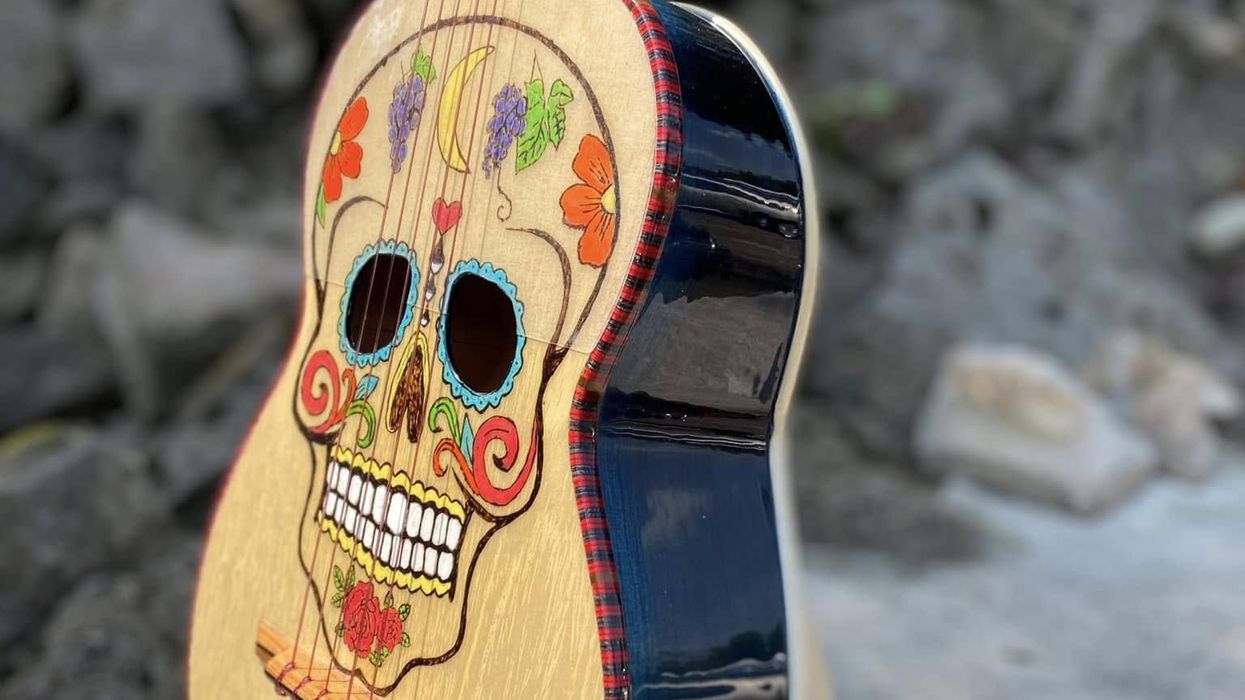
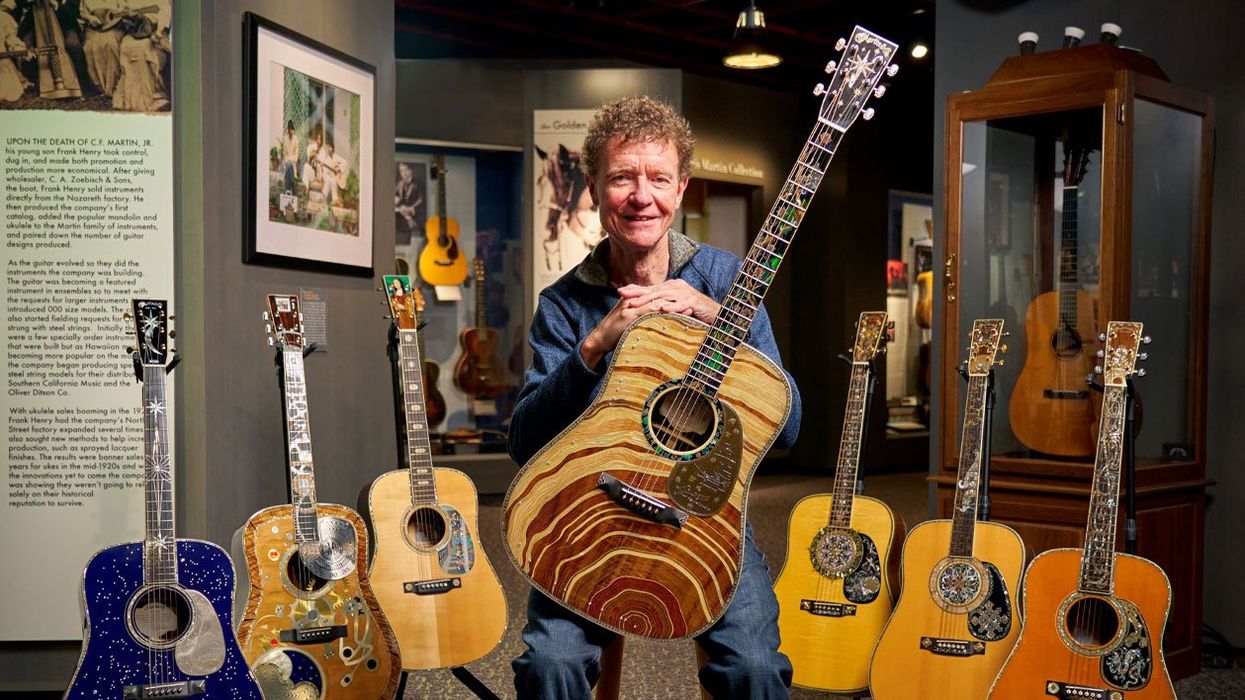
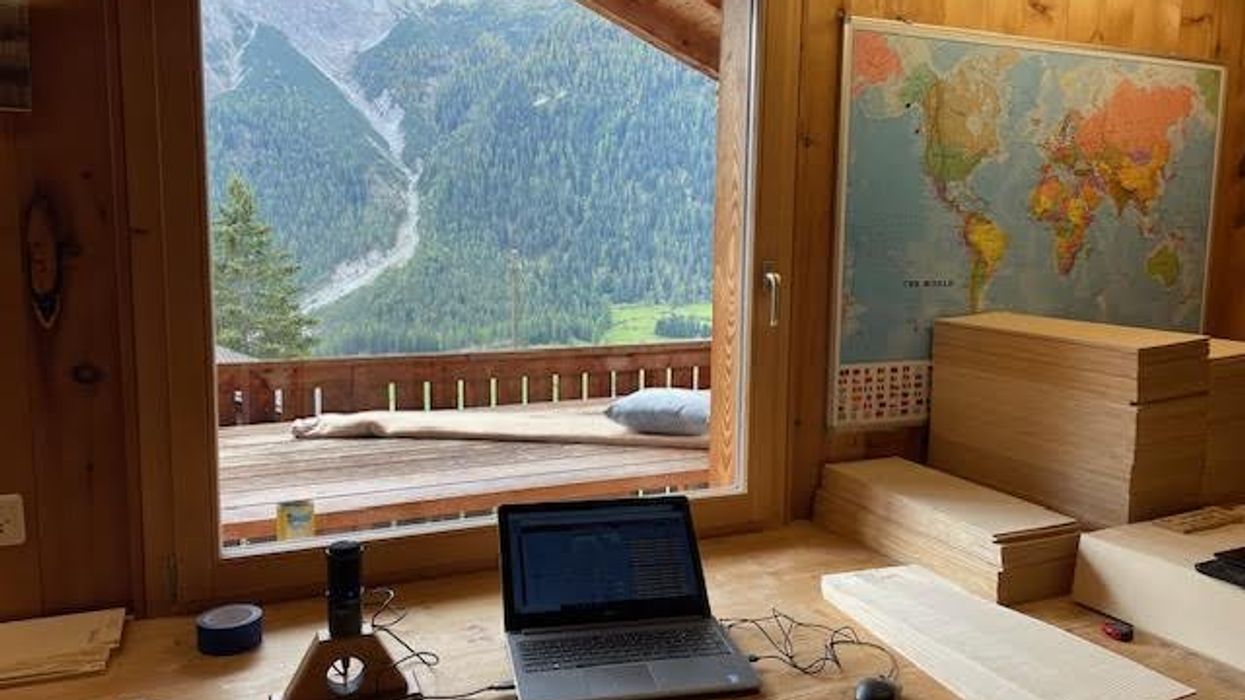
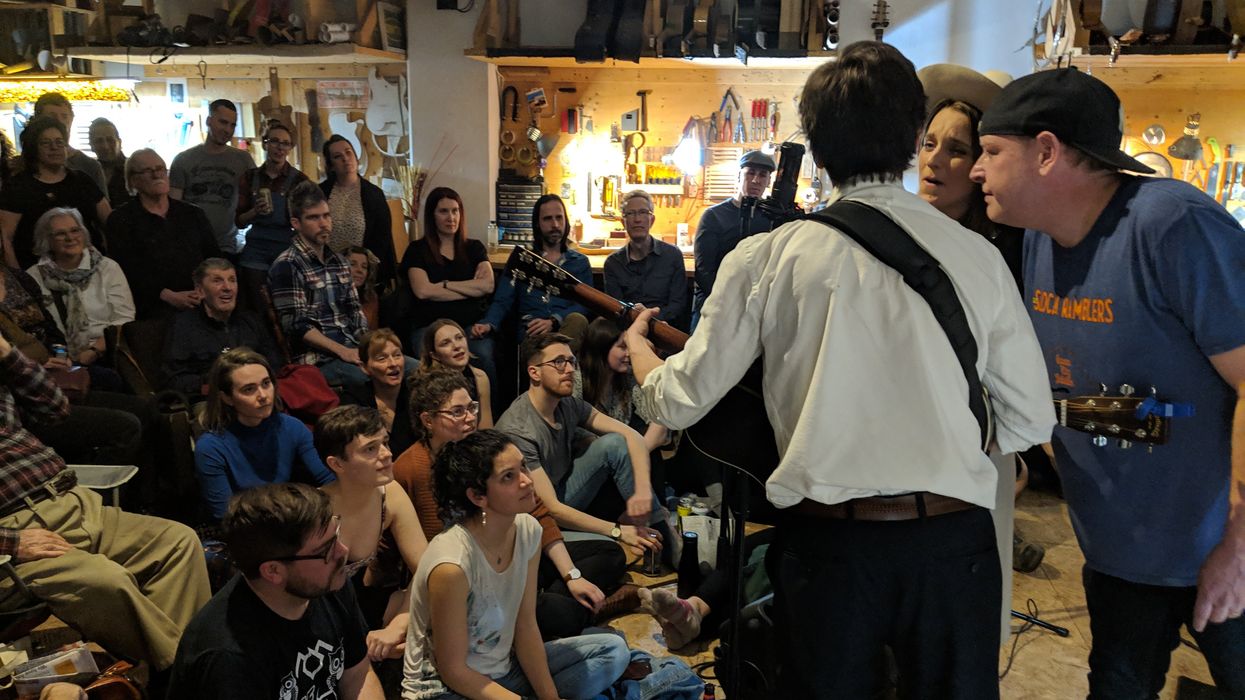

![Devon Eisenbarger [Katy Perry] Rig Rundown](https://www.premierguitar.com/media-library/youtube.jpg?id=61774583&width=1245&height=700&quality=70&coordinates=0%2C0%2C0%2C0)




